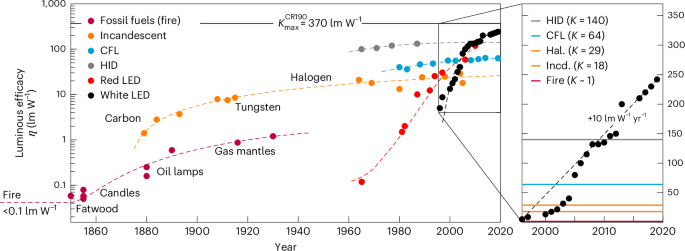Innovative Application of Photochromic Molecules in Inorganic Perovskite Solar Cells: Simultaneous Refinement in Performance and Environmental Sustainability
Advanced Energy Materials, Volume 15, Issue 16, April 22, 2025.

The photochromic compound 1,3,3-trimethylindolinonaphthospirooxazine (SO) has been demonstrated to serve as a dynamic passivating agent on the surface of perovskite films and also to reduce the risk of Pb leakage by chelating with undercoordinated Pb2+. This strategy exhibits an impressive power conversion efficiency (PCE) of 22.04%, while also improving hydrophobicity, UV resistance, and biocompatibility of films.
Abstract
Most strategies only focus on passivating dynamic defects on the surfaces of perovskite films or addressing Pb leakage issues separately, lacking comprehensive solutions. In view of this, photochromic compound 1,3,3-trimethylindolinonaphthospirooxazine (SO) and its photoisomerization product (MC) are innovatively introduced into inorganic perovskite solar cells (IPSCs). Under light irradiation, the distinctive transformation characteristics of photoisomeric molecules are leveraged to effectively and continuously passivate dynamic defects. Meanwhile, ring-opening MC structure provides two anchoring sites, which form a stable chelating ring with undercoordinated Pb2+, thereby mitigating the risk of Pb leakage. Both theoretical analyses and experimental findings indicate that MC molecules expose more active sites due to their open molecular structure under illumination, thus tightly binding to undercoordinated ions (I− and Pb2+) in films. The MC passivation treatment exhibits an impressive power conversion efficiency (PCE) of 22.04%, while also improving hydrophobicity, UV resistance, and biocompatibility of films. This approach not only presents a new perspective for boosting performance and stability of IPSCs but also takes an important step toward promoting their development in environmental friendliness and sustainability.









































































































































































.jpg)






